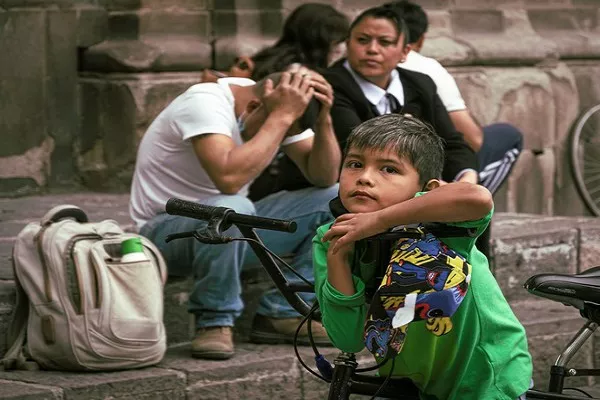A recent study by the Centers for Disease Control and Prevention (CDC) has shed light on the escalating crisis of children and adolescents seeking emergency care for mental health issues in the United States. The study, which analyzed data spanning from 2018 to 2021, found that the average number of emergency room visits by children and adolescents seeking treatment for mental health disorders exceeded one million annually.
This alarming statistic is consistent with previous research highlighting the surge in mental health problems among the younger population, including an increase in suicide attempts and suicides over the past decade. The study reinforces the dire state of children’s mental health, which was exacerbated by the COVID-19 pandemic, leading to the declaration of a national emergency in children’s mental health by three prominent children’s health organizations in 2021.
The CDC’s research was based on estimates derived from data collected from a survey of emergency room visitors. It revealed an annual average of 1,026,000 visits made by children and adolescents diagnosed with mental health disorders over the four-year period, equating to 14 visits per 1,000 children and adults.
The study attributes this surge in emergency room visits to the declining availability of psychiatric care facilities and limited access to outpatient services. As a result, many children and adolescents have increasingly turned to emergency departments for immediate mental health assistance.
The study’s findings indicate that about one in five patients required either hospital admission or transfer to a psychiatric facility. Furthermore, a quarter of the patients were either given or prescribed at least one psychiatric medication.
The most common mental health conditions treated were mood disorders (5 visits per 1,000 children), anxiety disorders (4.4 visits), and behavioral and emotional disorders (3.7 visits). These findings align with other research indicating that anxiety, depression, attention-deficit/hyperactivity disorder, and behavioral disorders are the most prevalent mental health conditions among children and adolescents.
Emergency room visits were considerably higher among adolescents aged 12-17 (30.7 per 1,000) than among children below 12 (5.3). This divergence from non-mental health-related visits, in which children typically account for approximately 1½ times as many visits as adolescents, highlights the urgency of addressing the mental health crisis among adolescents.
The study also revealed higher rates of common mental health disorders, such as depression, among adolescents compared to younger children. Girls (16.1 visits per 1,000) were more likely than boys (12.1) to seek treatment for mental health disorders in emergency departments. In terms of race and ethnicity, Black children and adolescents (20.8 visits per 1,000) had the highest per capita emergency visits, followed by White (14.4) and Hispanic (13.2) patients.
The study’s authors addressed concerns related to potential pandemic-related impacts on the data and compared estimates from 2020 to other years but found no statistically significant differences. The study underscores the critical need for comprehensive and accessible mental health care services for children and adolescents in the United States.























